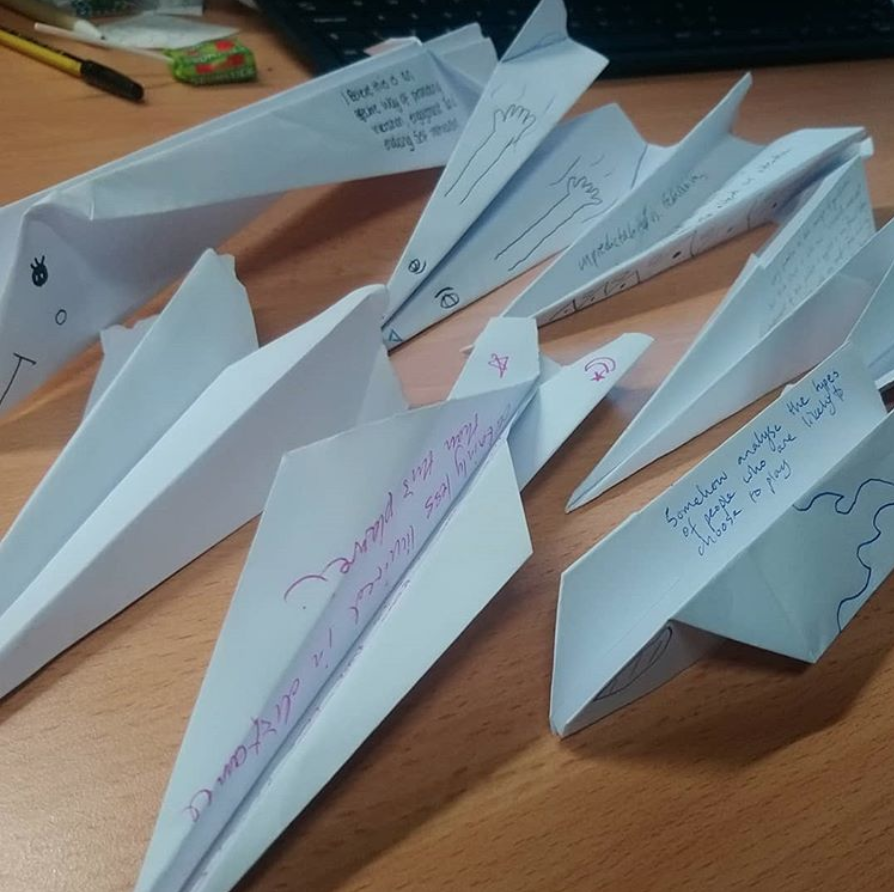
Something new for you to follow on Instagram @playfulinteraction – this is the home of the year 2 Playful Interaction module.
Lecturer Denise Milne says ‘What we’re doing in the practical classes is applying the skills learned each week in fun and creative ways. We are taking the circuits off the breadboard and turning them into something playful. The module is about creating playful interactions and to do that I think it is essential that we re-experience the joy of play which will aid us in creating successful and effective playful opportunities for users.’
The posts below show some of the projects created in the very first session. You can see how the work develops by following @playfulinteraction on instagram or checking back here –https://www.instagram.com/playfulinteraction/
Many thanks to Denise Milne and the students on the Playful Interaction module for allowing us to share your work. The Playful Interaction module is taught by Dr. Tom Flint and Denise Milne.
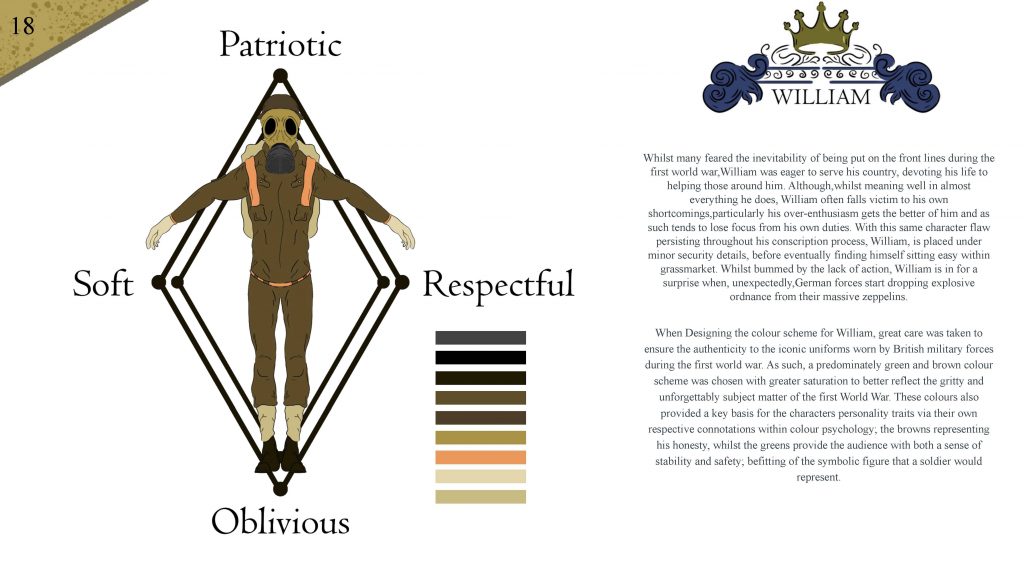
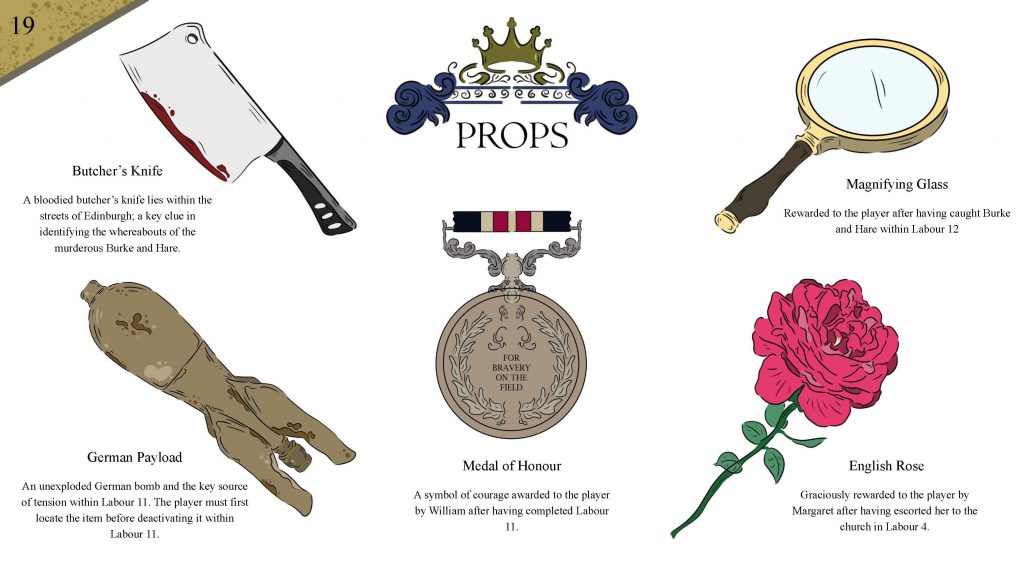
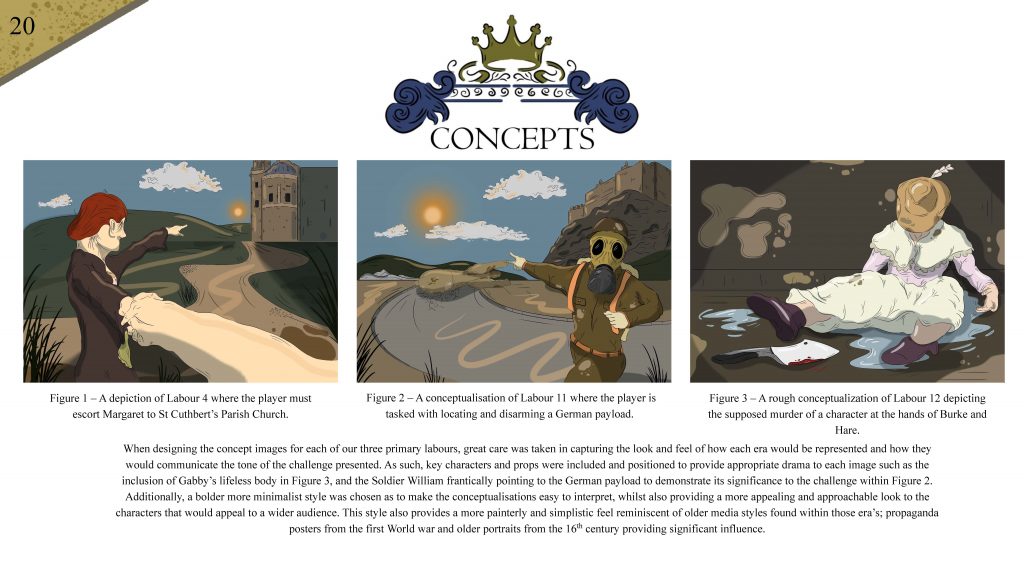
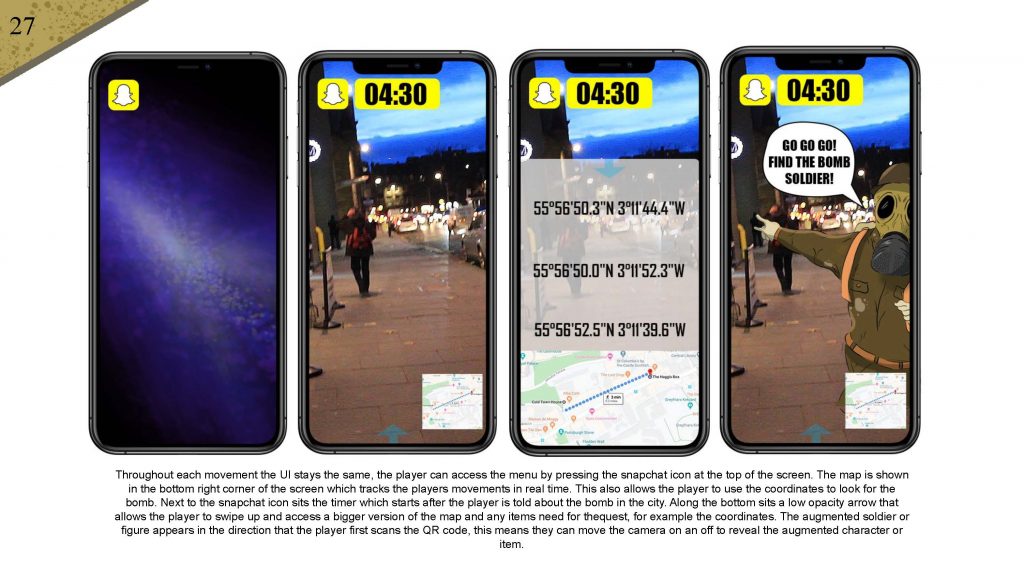

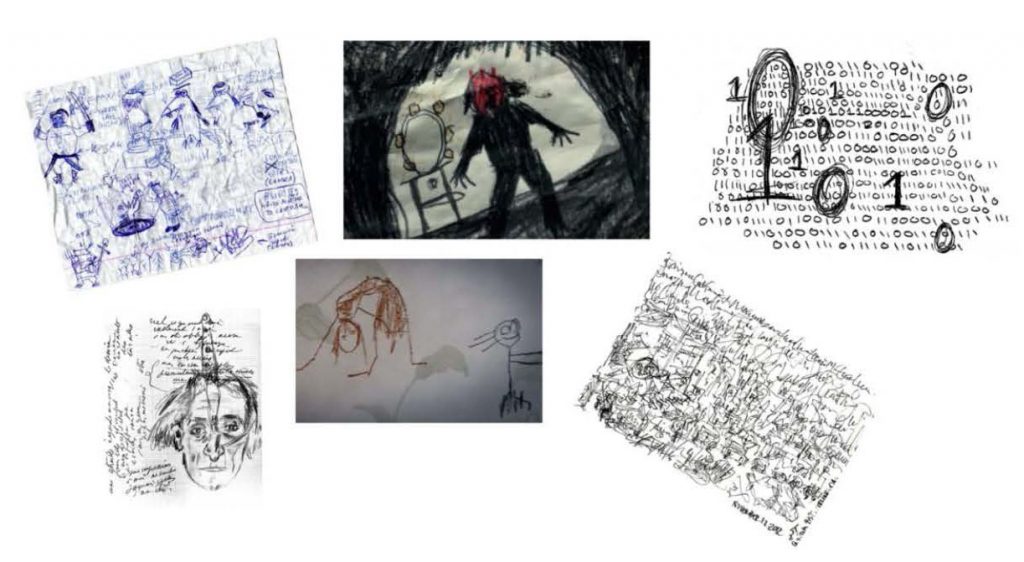
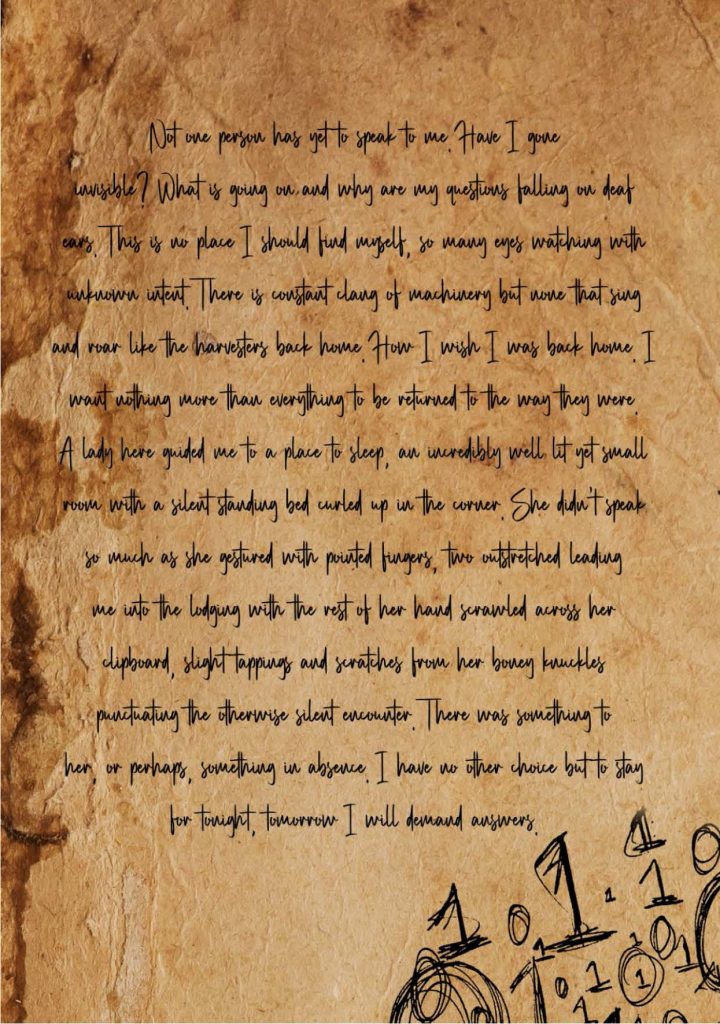
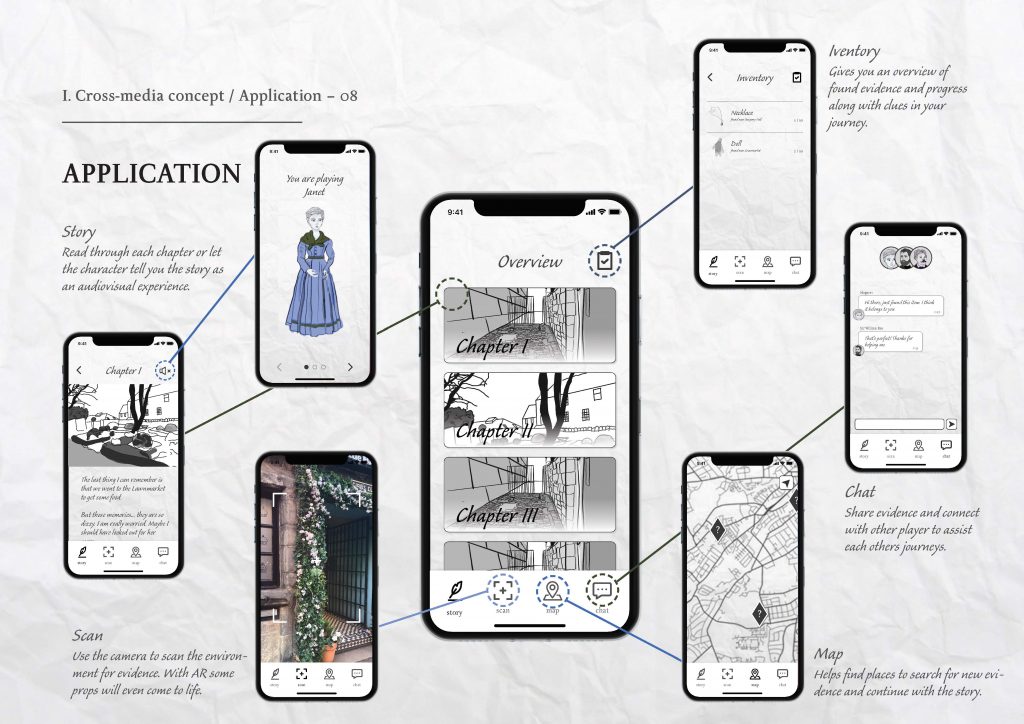

Recent Comments